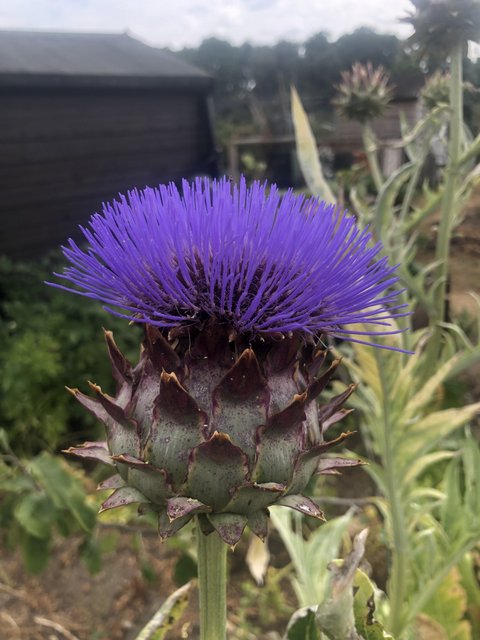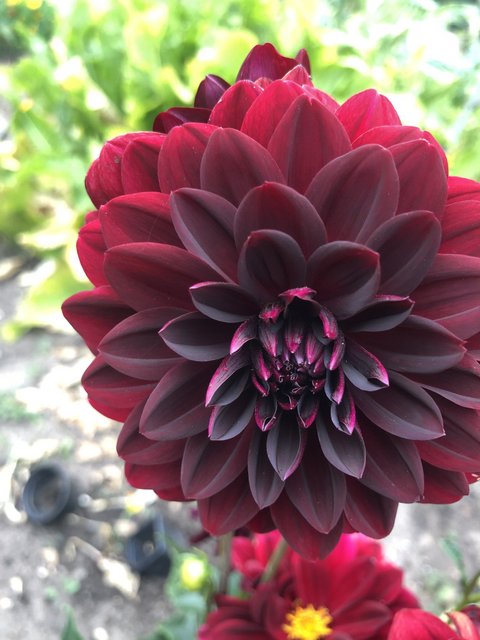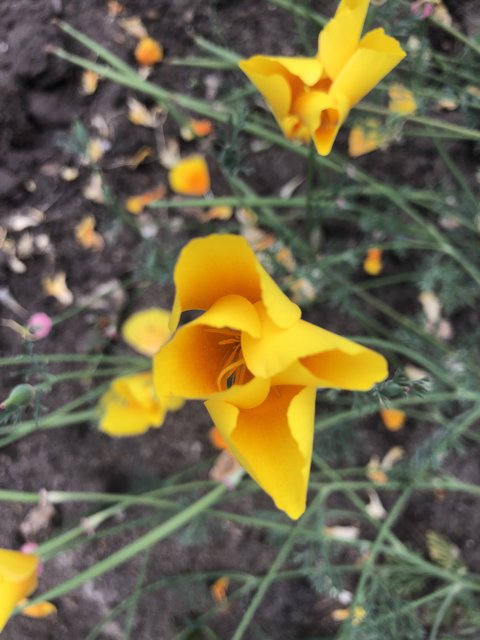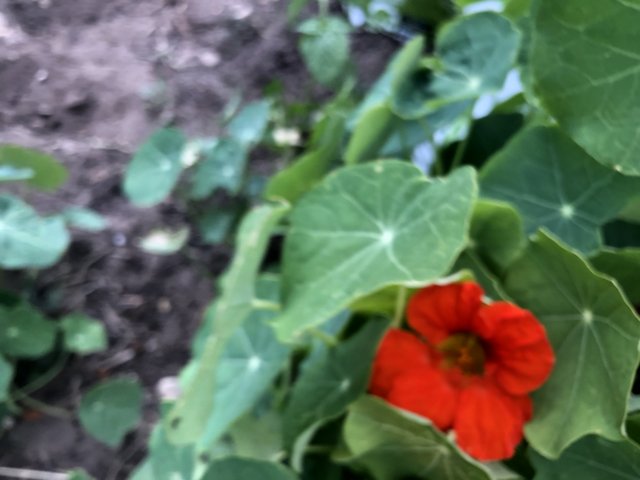AUGUST 2022
Well what a month July was, with 40 degree temperatures! I hope your colonies survived. 4 of mine are in full sun for much of the day so I rigged up some cover for them using golf umbrellas, beach umbrellas and various bits of tarpaulin, with plenty of rope and ground pegs. just to give them a bit of protection from the hot sun. This, with added water supplies, seemed to work ok and there were no obvious repercussions of the heat, they seemed to just carry on coming and going!
I always find August a joy. Swarming season is over (probably…) and I take a more relaxed approach to my bees. I know they are all queen right, I have been monitoring varroa, I can see them bringing in pollen. If it is hot, I omit the once a week routine checks. I find that if I check them when it is too hot, they are just irritable, and who can blame them – there I am exposing the hive to that heat when they are trying to keep the hive temperature as it should be! The main concern for me is to make sure they have enough space – if in doubt, add another super! Mine are in the Himalayan Balsam big time now, and the blackberries and I note that the heather is coming into bloom. Of course with the dry weather, who knows if the heather has any nectar!
In the last couple of days I have put doors in the hives in my garden to help them guard the colony, because there are quite a few wasps around. Over the next couple of weeks, I shall start thinking about extracting. They are building up nicely and with 6 supers on my best hive, I am running out of drawn comb to give them. I am also nearly out of spring honey, and I would hate to disappoint folks wanting to purchase proper honey!
After extracting I will put the supers back on the hives for them to clean up the comb and I will monitor the hives to make sure there is enough honey for them for the winter, whilst taking any excess that they will not use.
What is going on in the hive?
The queen will be laying still but these bees will take the colony through the winter. Winter bees have well developed fat bodies, enabling them to live much longer than the summer bees. It is important at this time of year to make sure that the hive is set up to succeed – disease free, low varroa mite, plenty of stores, large enough in numbers to keep the colony going. I have a couple of hives that are fairly small so the plan is to combine them over the next couple of weeks – better to have one larger colony going into winter, than two small ones. So when you are next checking your hives, ask yourself whether they tick the boxes to make sure they are in the best possible place to go into winter. Because of the location of my hives, near to lots of late forage, I will hold off on the Apiguard until early September.
Check the larder
My garden is now like a desert and if 40 degree weather is the future, I will have to replan my borders for flowers that grow in the Sahara! Three plants that have done really well are mint, oregano and herb fennel – covered in all sorts of pollinators. My allotment is more colourful and the photos are from there this month! Enjoy your beekeeping!






